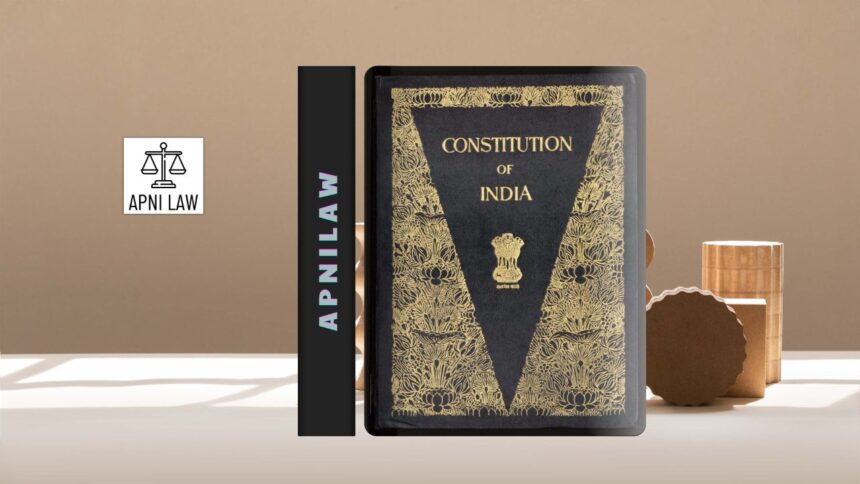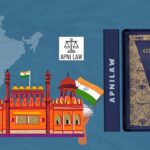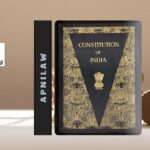Introduction
When the Constituent Assembly drafted the Indian Constitution, it aimed to create a strong, flexible, and inclusive framework that reflected the aspirations of a newly independent nation. Instead of reinventing the wheel, the framers looked at successful models from around the world and adopted some of their best principles. This practice of borrowing was not about copying but about adapting tested ideas to Indian conditions. The result was the longest written constitution in the world, which reflects a blend of global democratic ideals and India’s unique social, economic, and political realities.
But what exactly are these borrowed features? From the United States’ concept of fundamental rights to the United Kingdom’s parliamentary system and Canada’s federal structure, the Indian Constitution brings together the best of many worlds. In this article, we will explore the sources of these features, why they were chosen, and how they continue to shape governance in India today.
The Concept of Borrowed Features
The Indian Constitution is often described as a bag of borrowings because it incorporates provisions inspired by constitutions of various countries. This approach gave India a strong foundation, as these borrowed elements had already stood the test of time in other democracies. However, the framers of the Constitution were careful to modify these features to suit Indian conditions. For example, while borrowing the idea of a parliamentary system from the UK, they also introduced safeguards like a written constitution and judicial review, which the UK does not have.
Borrowing was not a sign of weakness but a sign of wisdom. It ensured that India benefited from global experience while maintaining its sovereignty and cultural identity.
Borrowed Features from the Government of India Act, 1935
Before looking at foreign sources, it is important to note that the Government of India Act, 1935, was the single largest source of the Indian Constitution. Almost 250 provisions of the Act found their way into the Constitution. These include features such as the federal structure, provincial autonomy, and the role of the Governor. The idea of emergency provisions and the functioning of the Public Service Commissions also came from this Act.
Borrowed Features from the United Kingdom
India borrowed several key features from the British system, reflecting its colonial connection. These include the parliamentary system of government, which ensures collective responsibility of the Council of Ministers to the legislature. The post of the President of India, modeled on the British monarch, is largely ceremonial, with real power resting in the Council of Ministers headed by the Prime Minister.
Other features adopted from the UK include the concept of the rule of law, the position of the Speaker in the Lok Sabha, and the principle of a single citizenship for all Indians. These provisions were chosen to provide a stable government that functions within a democratic framework.
Borrowed Features from the United States of America
From the US, India borrowed some of the most significant democratic ideals, particularly those related to individual liberty and checks and balances. The concept of a written constitution, the supremacy of the Constitution, and the idea of judicial review come from the US model.
India also borrowed the Fundamental Rights enshrined in Part III of the Constitution and the principle of separation of powers among the legislature, executive, and judiciary. The office of the Vice President and the procedure for impeachment of the President were also inspired by the US Constitution. These features were essential to ensure that India’s democracy was not just majoritarian but also protected individual freedoms.
Borrowed Features from Canada
The federal structure of the Indian Constitution, with a strong center, was influenced by the Canadian model. India adopted the idea of a federation with a distribution of powers between the Union and the states but ensured that the center has greater authority in times of crisis. The provision for residuary powers lying with the Union is another Canadian feature.
Additionally, the idea of appointing Governors for states by the center and the creation of an All-India Services system came from Canada. These provisions were included to maintain unity and administrative efficiency in a vast and diverse country.
Borrowed Features from Ireland
The Directive Principles of State Policy (DPSPs) in Part IV of the Constitution were borrowed from the Irish Constitution. These principles aim to create a welfare state by guiding the government to promote social and economic justice. While these directives are not enforceable by courts, they are fundamental in the governance of the country.
India also borrowed the method of electing the President indirectly and the concept of nomination of members to the Rajya Sabha from Ireland.
Borrowed Features from Other Countries
From Australia, India borrowed the idea of the Concurrent List and provisions for trade, commerce, and relations between the center and states. From France, it adopted the ideals of liberty, equality, and fraternity, which appear in the Preamble. Germany contributed the concept of suspension of fundamental rights during emergencies, while South Africa influenced the procedure for amending the Constitution and the election of Rajya Sabha members.
Each of these features was carefully examined before being included to ensure that they aligned with Indian needs and realities.
Relevance of Borrowed Features Today
More than seven decades after the Constitution came into force, these borrowed features continue to play a crucial role in India’s governance. The parliamentary system ensures accountability, fundamental rights safeguard personal freedoms, and the federal structure balances unity with diversity. At the same time, provisions like DPSPs guide policies toward social justice and equality.
The success of the Indian Constitution lies in its ability to adapt these borrowed ideas to Indian conditions without blindly copying them. This flexibility is one of the reasons why the Constitution remains relevant even today, despite rapid social and political changes.
FAQ
1. Why did India borrow features from other constitutions?
India borrowed features to benefit from tested models of governance and adapt them to suit its own needs.
2. Which country influenced the Indian Constitution the most?
The UK and the US were major influences, along with the Government of India Act, 1935.
3. What is the most important feature borrowed from the US Constitution?
Fundamental Rights and the concept of judicial review are the most significant features borrowed from the US.
Conclusion
The Indian Constitution is not a copy-paste document but a masterpiece that blends the best features of global democracies with Indian values. By borrowing features like the parliamentary system, fundamental rights, and federal structure, the framers ensured stability, liberty, and justice for all citizens. These borrowed provisions remain as relevant today as they were in 1950. For anyone studying Indian polity, understanding these influences is essential to appreciate why the Constitution is called a living document.
For any specific query call at +91 – 8569843472








